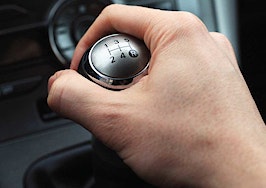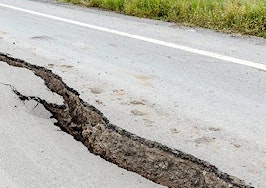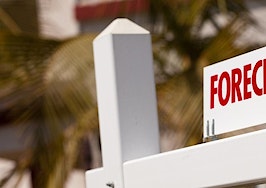- Builder confidence fell to 59 from 60 in July from June.
“How’s the market?” It’s a question that some real estate agents might be asked on occasion — and if you want to give a really intelligent answer, look to the home builders’ industry before you shape your response.
Every month, builder confidence in the market for newly built, single-family homes is measured by the National Association of Home Builders and Wells Fargo. The NAHB/Wells Fargo Housing Market Index (HMI) was released today.
According to the HMI, confidence is slipping — just slightly, though.
Builder confidence in the market fell to 59 in July from June’s reading of 60.
“For the past six months, builder confidence has remained in a relatively narrow positive range that is consistent with the ongoing gradual housing recovery that is underway,” said NAHB Chairman Ed Brady, a home builder and developer from Bloomington, Illinois, in a statement. “However, we are still hearing reports from our members of scattered softness in some markets, due largely to regulatory constraints and shortages of lots and labor.”
“The economic fundamentals are in place for continued slow, steady growth in the housing market,” said NAHB Chief Economist Robert Dietz in a statement. “Job creation is solid, mortgage rates are at historic lows and household formations are rising. These factors should help to bring more buyers into the market as the year progresses.”
Every month, the NAHB surveys its members; it asks builders to gauge perceptions of current single-family home sales and sales expectations for the next six months as “good,” “fair” or “poor.” Builders are also asked to rate traffic of prospective buyers as “high to very high,” “average” or “low to very low.”
The NAHB and Wells Fargo takes these scores and calculates its seasonally adjusted index. A number over 50 indicates that more builders view conditions as good than poor; a number under 50 indicates that more builders view conditions as poor than good.
In July, the index component measuring current sales expectations fell to 63 from 64.
And the index component measuring buyer traffic fell from 46 to 45.
The last component index — which measures sales expectations in the next six months — fell to 66 from 69.
Regional HMI scores were relatively unchanged:
- The Northeast remained at 39
- The Midwest remained at 57
- The South remained at 61
- The West moved up to 69 from 68












